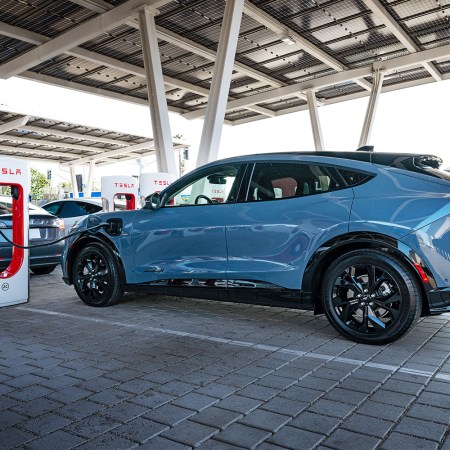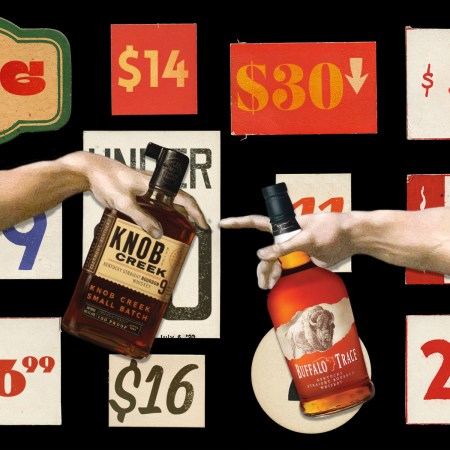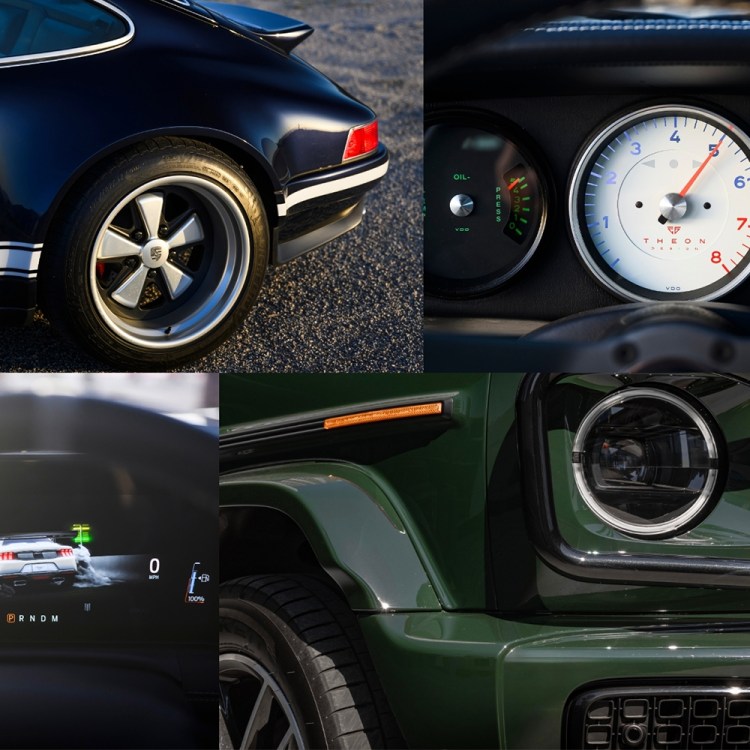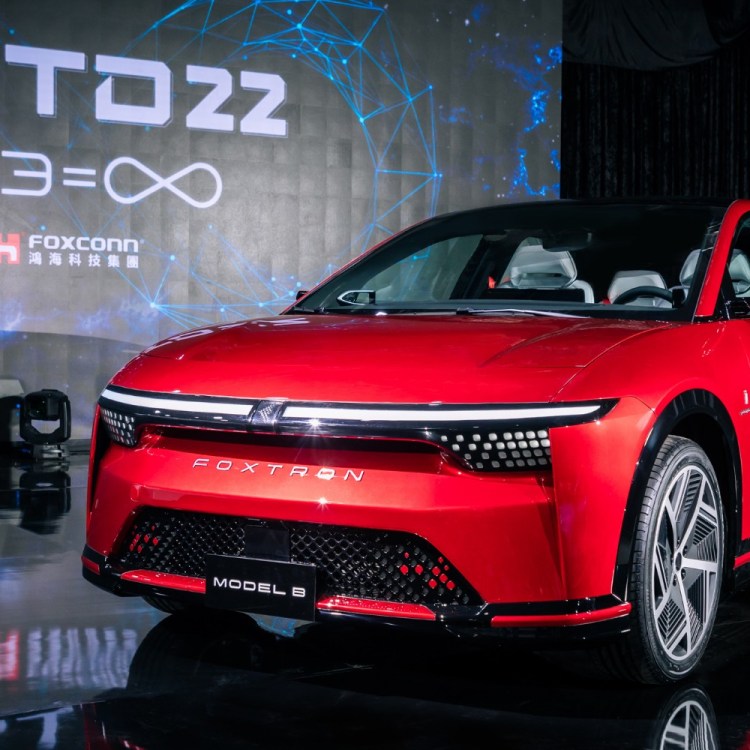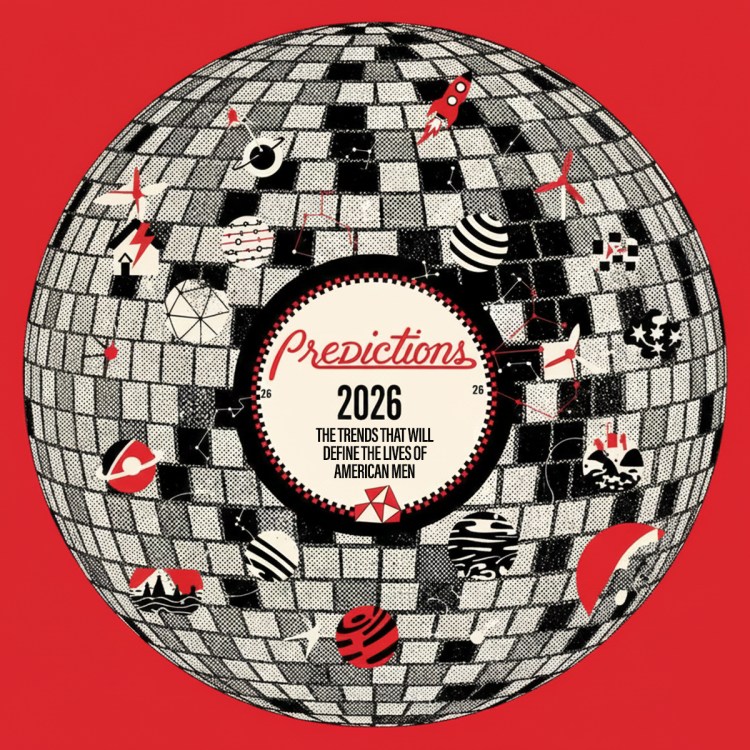Before the pandemic struck, American buyers had dozens of options if they wanted to buy a new car for under $20,000. Heck, you could even buy a shiny Nissan Versa sedan for under $14,000. Today? The Versa, the most affordable new car in the U.S., is the only one you can buy for less than $20,000, and it might not stay that way for long. On the automaker’s website, there’s an ominous new notice: “Get the Nissan you want free from new tariffs.”
While President Donald Trump on Wednesday paused his recently announced reciprocal tariffs for most countries, his still-active tariffs on imported vehicles and automotive parts have been forecasted to raise new car prices by thousands of dollars, regardless of where final assembly takes place. But for Americans looking for affordable models, there may be an even more shocking outcome: the disappearance of the entry-level market as we know it.
“In the short term, I don’t think [the tariffs are] going to have much of an effect [on this segment],” says Brian Moody, senior lead editor at Autotrader and Kelley Blue Book. “But if these tariffs stay, and for the long-term, then I think we could see a lot of entry-level cars go away.”
“That’s because there’s a profit margin that has to be maintained,” he adds. When it comes to the cheapest cars in automaker lineups, Moody says, “They may not be able to do that.”
Currently, Trump’s automotive tariffs include a 25% import tax on vehicles made outside the U.S. On May 3, that will extend to crucial automotive parts, like engines, transmissions and electrical components. These are expected to lead to ballooning prices even for cars, SUVs and trucks that undergo final assembly in the U.S., and those that are made of majority American parts, due to the globalized nature of automotive manufacturing.
For example, 55% of the content (by value) in the Lexus RX 350 SUV is made in America, but it’s assembled in Canada, according to records from the National Highway Traffic Safety Administration. On the flip side, the BMW X3 SUV is assembled in the U.S., but only 9% of its content is made here.
“Automakers are not going to apply price increases randomly or only to cars that are made outside the U.S.,” Moody predicts. “They’re going to find a way to make that make sense to the customer.”
There is no certain outcome of these unprecedented tariffs, especially as other countries are still weighing their own response to Trump’s actions. But there are a few potential outcomes as things stand now: Automakers could absorb the price increases and keep vehicle prices steady to remain competitive, but that path is only financially viable in the immediate short-term (some automakers are already raising prices); more likely, companies will spread price increases out over the entire lineup, with more expensive vehicles getting larger increases than lower-priced models, as Americans buying a $90,000 SUV won’t mind a $5,000 price hike as much as someone looking for a $20,000 sedan; there’s also the possibility that automakers will slash their cheapest models entirely and focus on bigger earners, a move some automakers are already considering.
What Elon Musk Doesn’t Want You to Know About Tesla’s White House Stunt
Is Trump’s recent EV promotion the same as Biden’s? Not by a long shot.The entry-level market has been shrinking for years, partly because automakers have been trying to maximize profit margins (a desire that has also driven the shift from focusing on sedans to SUVs). But Moody says part of this contraction is consumer-driven as well: “People are just not buying those cars like they used to.” He points to the increasing percentage of U.S. car sales taken up by luxury vehicles: in January 2023, these high-priced models made up a record 19.6% of total sales.
While that larger percentage of luxury sales contributed to the increase in the average vehicle transaction price in the U.S. over the last few years, the high-end market isn’t solely to blame — prices across the board are up significantly, and these tariffs are expected to increase them even more, which is bad news for American budgets. In December 2019, the average vehicle transaction price was $38,948; in March 2025, it was $47,462, a 22% increase. Meanwhile, the real median household income in the U.S. was relatively flat between 2019 and 2023, the most recent data we have, after decreasing during the pandemic.
So what’s a budget-conscious American to do when income is flat while car prices skyrocket? The obvious answer is to buy used. But Moody has bad news there, too.
“The used car prices were headed up no matter who’s president, no matter what’s been signed, because the pandemic-era cars — the new ones that weren’t made [as a result of factory shutdowns] — those are now used cars that are not in the marketplace,” he says. “So there’s already low inventory for used cars.”
“If tariffs stay around for longer, then more people are going to be looking to used cars, which creates more demand, which is going to raise the prices even higher.”
This article appeared in an InsideHook newsletter. Sign up for free to get more on travel, wellness, style, drinking, and culture.



